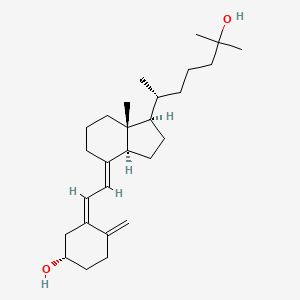It is the first study demonstrating that the extract protects against oral cancer, with the results of human, animal and laboratory tests reported in the journalCancer Prevention Research. This research is funded through Pitt's Specialized Program of Research Excellence grant in head and neck cancer from the National Cancer Institute.
"With head and neck cancer, we often clear patients of cancer only to see it come back with deadly consequences a few years later," said lead author Julie Bauman, M.D., M.P.H., co-director of the UPMC Head and Neck Cancer Center of Excellence. "Unfortunately, previous efforts to develop a preventative drug to reduce this risk have been inefficient, intolerable in patients and expensive. That led us to 'green chemoprevention'--the cost-effective development of treatments based upon whole plants or their extracts."
Cruciferous vegetables, such as broccoli, cabbage and garden cress, have a high concentration of the naturally occurring molecular compound sulforaphane, which previously has been shown to protect people against environmental carcinogens.
Dr. Bauman and her colleagues treated human head and neck cancer cells in the laboratory with varying doses of sulforaphane and a control, and compared them to normal, healthy cells that line the throat and mouth. The sulforaphane induced both types of cells to increase their levels of a protein that turns on genes that promote detoxification of carcinogens, like those found in cigarettes, and protect cells from cancer.
In a small preclinical trial, 10 healthy volunteers drank or swished fruit juice mixed with broccoli sprout extract for several days. The volunteers had no significant problems tolerating the extract and the lining of their mouths showed that the same protective genetic pathway activated in the laboratory cell tests was activated in their mouths, meaning that the sulforaphane was absorbed and directed to at-risk tissue.
Dr. Bauman also collaborated with senior author Daniel E. Johnson, Ph.D., professor of medicine at Pitt and a senior scientist in the UPCI Head and Neck Cancer Program, to see how the extract performed in mice predisposed to head and neck cancer. The mice who received the sulforaphane developed far fewer tumors than their counterparts who did not receive the extract.
The results of the mouse, human and lab studies have been so successful that Dr. Bauman has started a larger clinical trial in volunteers previously cured of head and neck cancer. These participants are taking capsules containing broccoli seed powder, which is more convenient to take regularly than the extract mixed with juice.
"Head and neck cancers account for approximately 3 percent of all cancers in the U.S., but that burden is far greater in many developing countries," said Dr. Bauman. "A preventative drug created from whole plants or their extracts may ease the costs of production and distribution, and ultimately have a huge positive impact on mortality and quality of life in people around the world."
Ref : http://cancerpreventionresearch.aacrjournals.org/content/early/2016/04/30/1940-6207.CAPR-15-0290







 CX546
CX546




 Sacubitril
Sacubitril